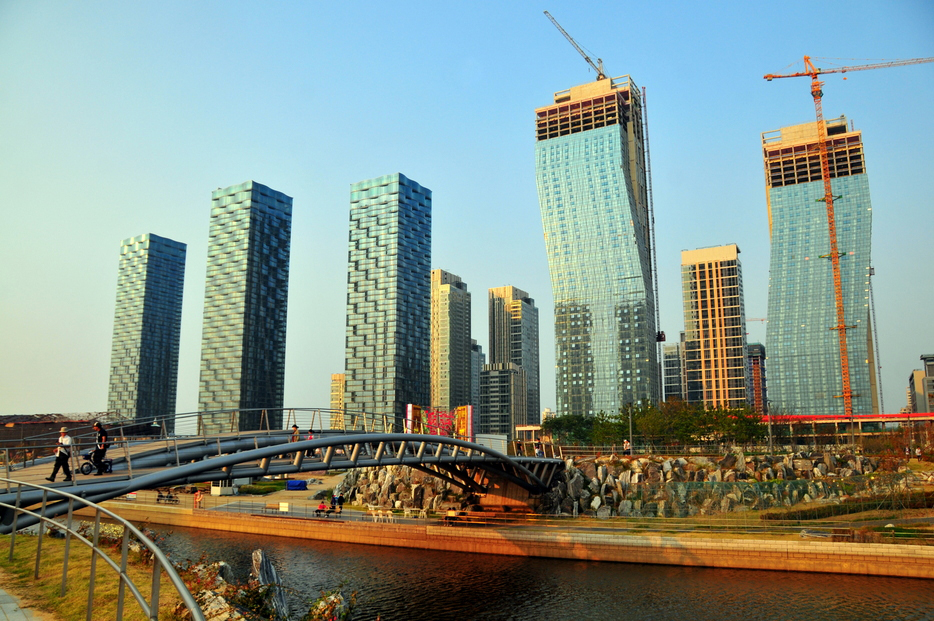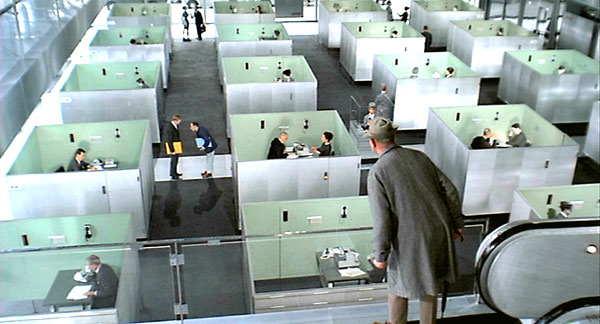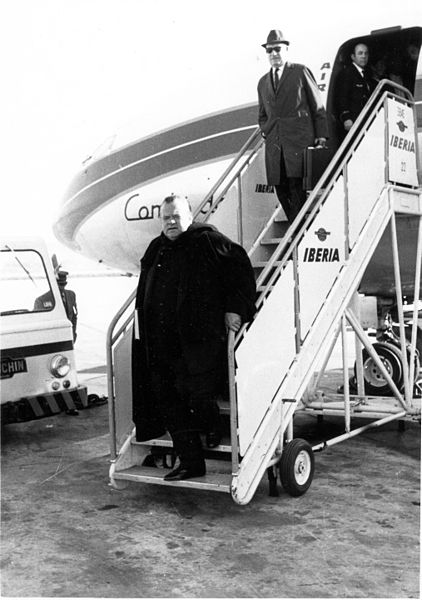I’ve previously posted about Songdo, the high-tech insta-city being raised in South Korea, a top-down attempt to bring about tomorrow today. As the aerotropolis reaches the halfway point of its build, Ross Arbes and Charles Bethea of the Atlantic surveyed what might, perhaps, be the future, imperfections and all. An excerpt:
“Like most travelers, we spent our first night there in a hotel. Viewed from the 12th floor of the brand new, environmentally conscious Sheraton Incheon Hotel (the first LEED-certified hotel in South Korea), Songdo resembled an architect’s model. Unlike the crowded and colorful streets of Seoul, the scene below was polished, spacious, sparse—not quite artificial, but not quite broken in yet either. It was more like the manifestation of a designer’s master plan than an evolved metropolis, with layers of lived-in depth. In the middle of the city—which, at 13,195 acres, is almost half the size of Boston proper—sat the 101-acre Central Park, where a few joggers enjoyed the morning sun. North of the park, a number of undulating, blue-glass skyscrapers towered over us. Beyond stood rows of plain concrete buildings and, farther still, large plots of dirt. Construction cranes swung in all directions.
Venturing into the busiest section of town for dinner, we struck up a conversation with an Australian pilot-trainer who spends two weeks a month in Songdo. ‘Is this the city of the future?’ we asked. ‘I wouldn’t quite call it that,’ he said. ‘Of course, this is a great place to be. And it’s unbelievable that it was all just a pile of sand 10 years ago.’
The city was built for a future that hasn’t yet arrived. Songdo’s wide sidewalks and roads—evoking a movie set—are still waiting for pedestrians and cars to fill them. (A number of music videos and television shows, most notably Psy’s ‘Gangnam Style,’ have indeed been filmed in Songdo, taking advantage of its relative vacancy.) The quiet was almost eerie.
But this quiet lends itself to some nice surprises: You can hear birds, for instance. (Try that in Seoul.) An impressive 40 percent of the city will be park space—one of the highest percentages in the world, in keeping with Songdo’s design as a green city. (New York City, by comparison, leads the United States with almost 20 percent green space.) There are bicycles everywhere: A significant portion of the residents are bike commuters, and they park their rides in long neat rows in front of their apartment buildings at night. There are lovely pedestrian thoroughfares flanking clothing boutiques and restaurants with outdoor seating. There are even small plots of land for urban farming, many of which were given to Songdo’s former fishermen as reparation for the destruction of their fisheries. (Some now subsist as farmers.) Squinting at the green space, you could almost mistake the city for Portland, Oregon. Almost.“







